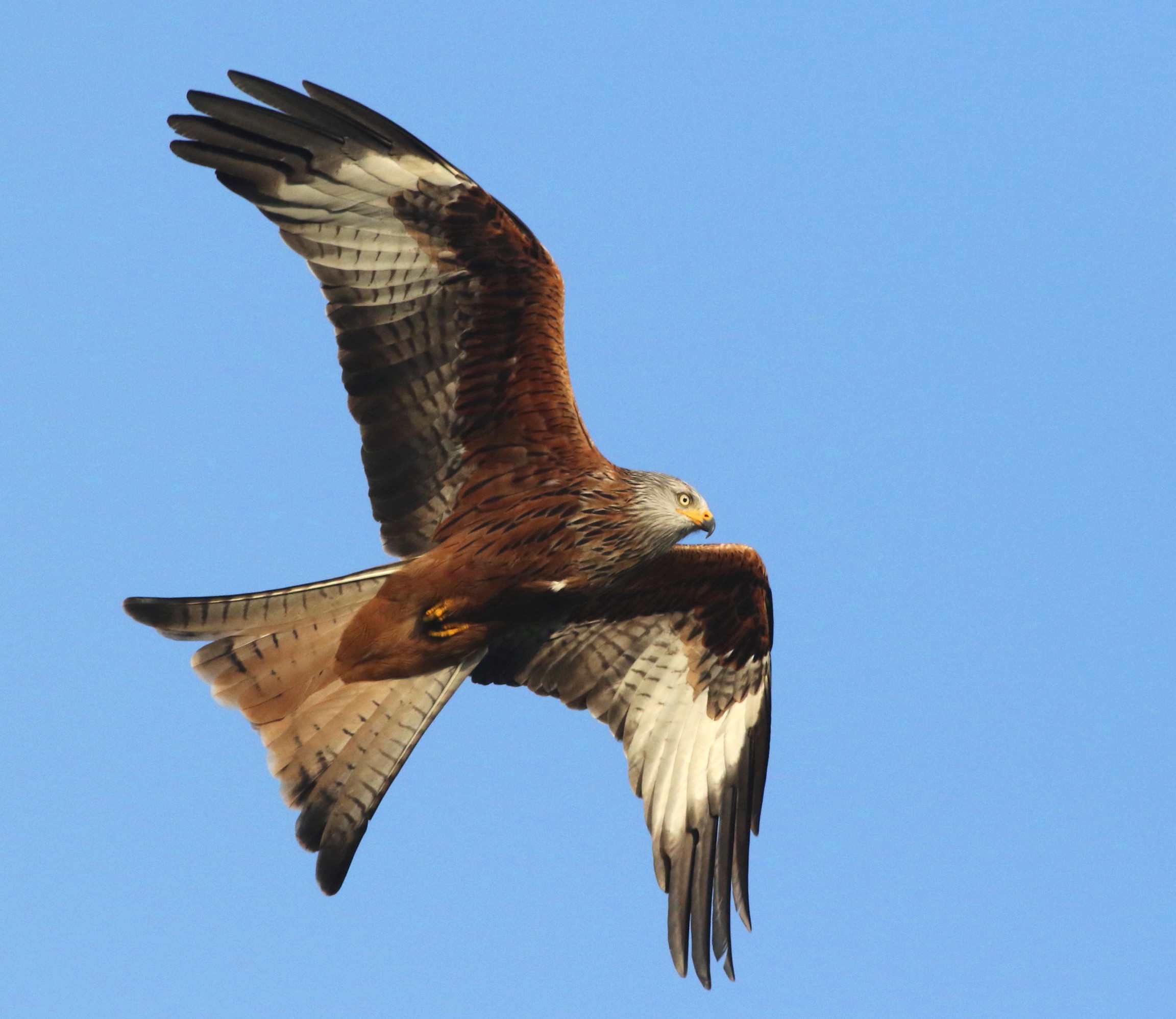
A member of the RSPB (Royal Society for the Protection of Birds) spoke out against such claims, arguing that there have been no reported cases of a Kite taking pets such as rabbits or guinea pigs, let alone small dogs, and that these animals would be too large for a Kite to carry off anyway 1. The biggest fears, however, are that Kites will take small pets from gardens, with one woman claiming a Kite "stalked" her and her small Pomeranian dog, even attempting to grab the tiny pooch whilst they were out walking in the park. On a more amusing note, one particularly opportunistic Kite was reported to have swiped some sausages from a barbeque. Some, quite fairly, lament the soiling of their cars and washing with the birds' droppings, whereas others worry that raw meat dropped by Kites will attract rats. Concerns range from the minor to the arguably sensationalist.

As with any animal in an urban environment, particularly predatory ones, conflict is not uncommon. In total these households were estimated to provide enough food for up to 320 Kites (a considerable proportion of the 140-440 that are estimated to visit the town each day) 3.Ĭlearly such supplementary feeding is playing a significant role in the Red Kite's recovery, but not all residents are quite so happy to have them around. Given that there are only three confirmed breeding sites and no substantial roost sites in Reading or its direct surrounding area, they must be travelling a fair distance to do so. This amounts to more than 4,300 households - creating a major incentive for Kites to ‘commute' into town from the surrounding countryside for their meals 3,4.

The study found that almost one in 20 households in the area regularly leave out food for Red Kites. The real attraction for such a remarkable number of raptors lies with a large proportion of the residents. It was originally assumed that the Kites were attracted by waste food and roadkill 3, but surveys predicted that the quantity of food available from these sources would only support 13-29 Kites per day 3. According to a recently published study from the University of Reading, as many as 300 Red Kites have been seen visiting the town each day. Over the past 25 years Red Kite numbers have grown to an estimated 2,700 pairs nationwide 2.Īs part of their impressive comeback, Red Kites have become regular visitors to the urban conurbation of Reading in Berkshire, around 20km from the original release site 3.

Using birds from Swedish populations, reintroduction started in the Chiltern Hills in 1989. Now, thanks to a hugely successful reintroduction programme Red Kite populations have made an incredible recovery. However, following centuries of persecution by gamekeepers and farmers, Red Kites were extirpated from England and Scotland by the late nineteenth century, leaving just a few surviving pairs in Wales by the 1930s 4,5. In Elizabethan times, the distinctive silhouette of the majestic Red Kite ( Milvus milvus) was a common sight across the UK. Almost half of UK households regularly feed wild birds, but would you invite a raptor to dine in your garden?


 0 kommentar(er)
0 kommentar(er)
